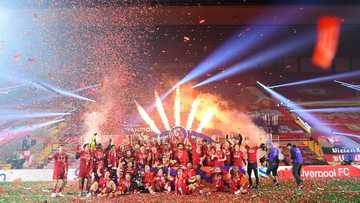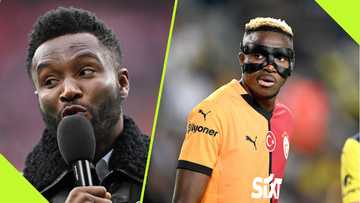Soccer positions explained: A guide to every role on the field
Soccer is a sport in which each player contributes to the team by playing particular roles that shape the game's dynamics. Soccer positions explained clearly allow one to grasp the strategy, skills, and intricacies that each player contributes.
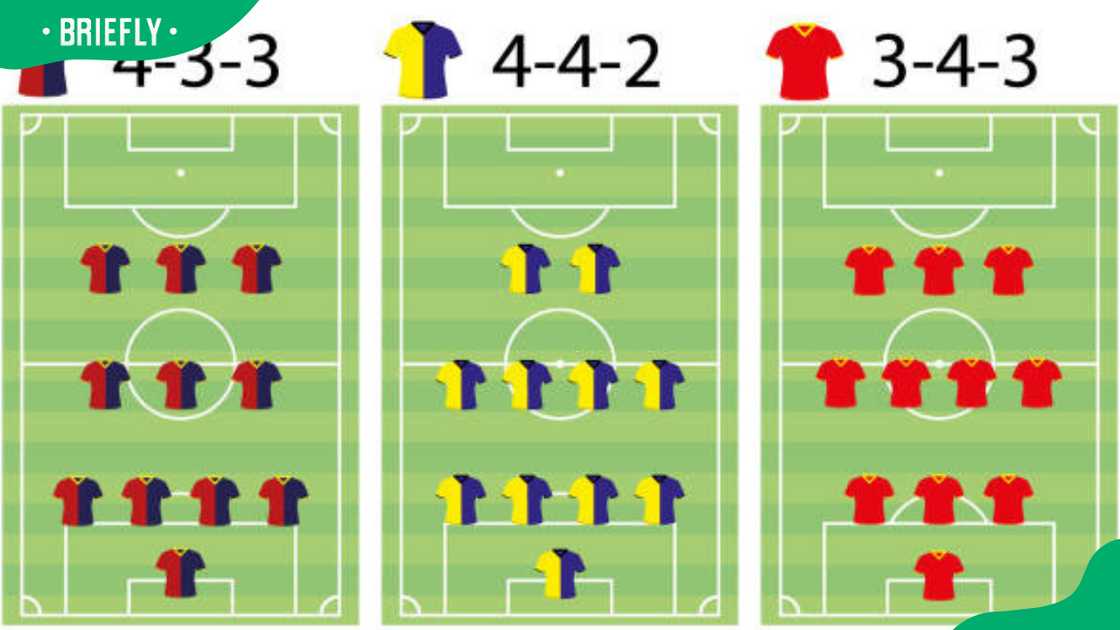
Source: Getty Images
TABLE OF CONTENTS
If you are unfamiliar with the game, it can appear hectic at first. This guide will walk you through each soccer position, explaining its roles and the legends who have defined it.
Soccer positions explained for beginners
Each soccer position has its own set of responsibilities and requirements. Players are assigned specialised roles that contribute to the team's effectiveness, from defence to offence.
Soccer positions can vary slightly depending on a team's configuration, but the essential functions remain consistent. In soccer, each team has 11 players that cover four major positions: goalkeeper, defense, midfield, and attack.
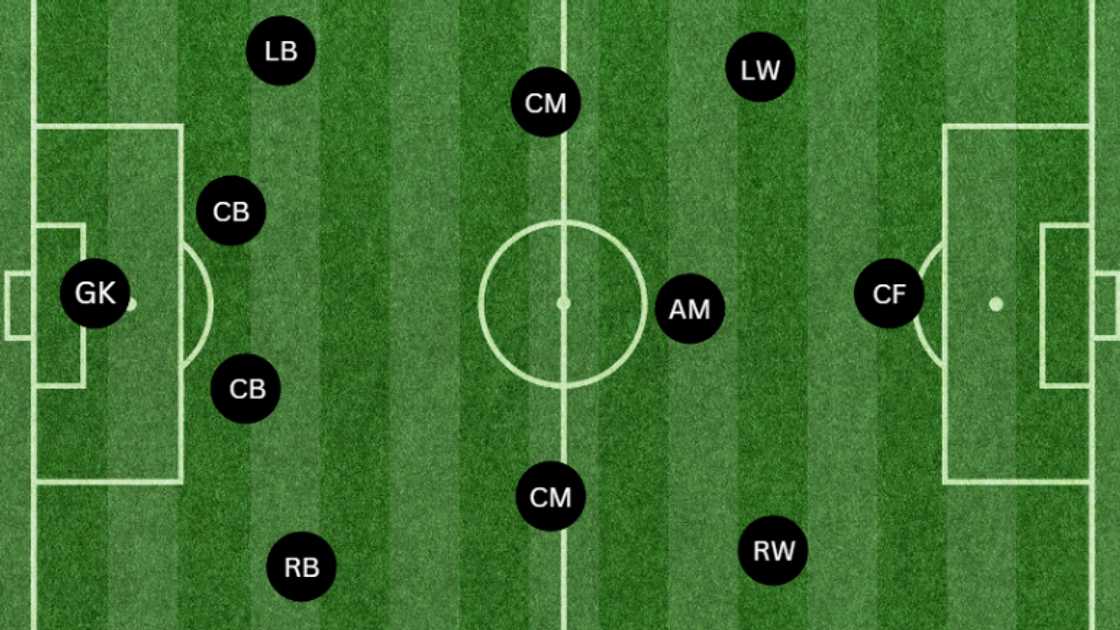
Source: Getty Images
The roles in these categories can vary based on the team structure. For example, in a standard 4-3-3 formation, the positions typically look like this:
- Goalkeeper
- Right fullback
- Left fullback
- Centre back
- Centre back
- Central midfielder
- Central midfielder
- Attacking midfielder
- Right winger
- Center forward (striker)
- Left winger
What are the 11 positions in football?
In soccer, a conventional team consists of 11 players, each with a specific duty on the pitch. Here is a breakdown of various positions:
Goalkeeper (GK)
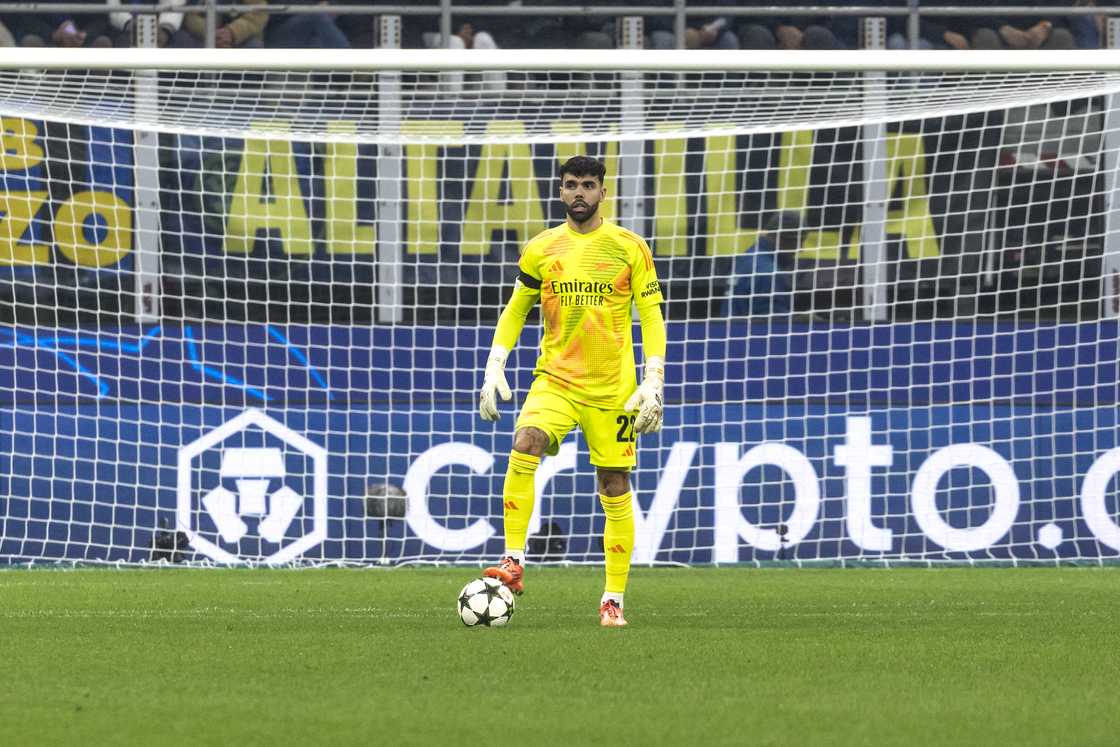
Source: Getty Images
- Notable jersey number: 1
- Famous players: Lev Yashin, Gianluigi Buffon, David Raya
The goalkeeper's primary responsibility is to prevent the opposing team from scoring. To direct the defense, goalkeepers must have exceptional reflexes, make rapid decisions, and communicate effectively.
Fullbacks (FB)
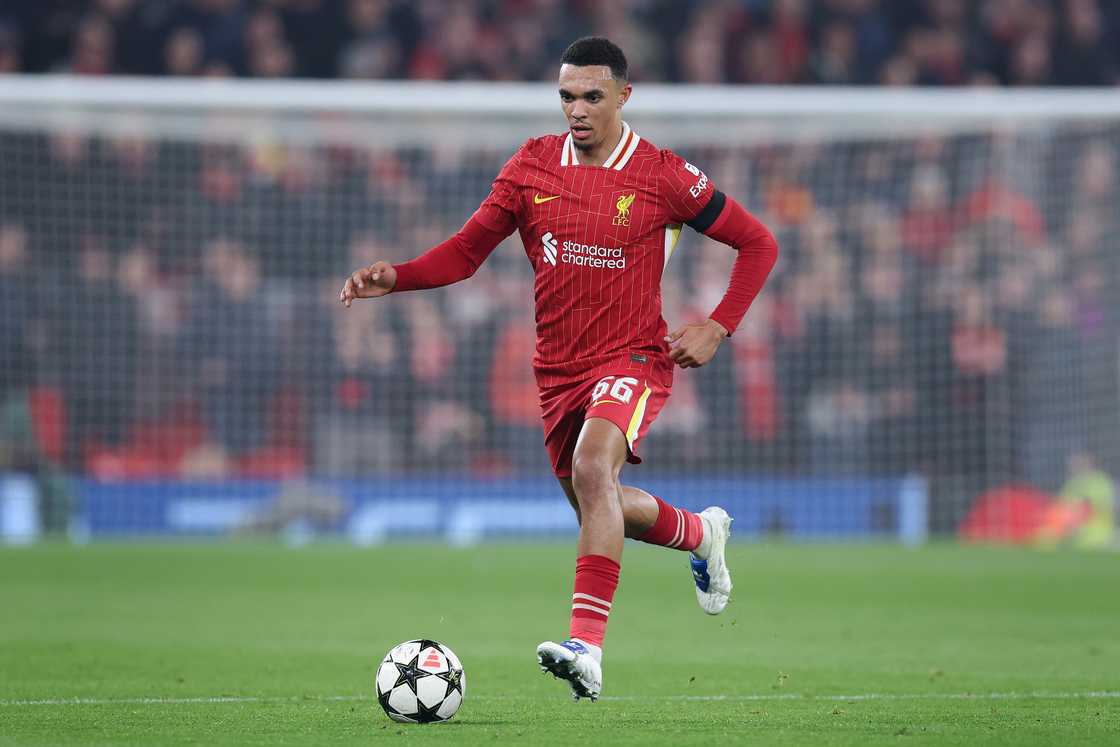
Source: Getty Images
- Notable jersey numbers: 2, 3
- Famous players: Reece James, Cafu, Trent Alexander-Arnold
Fullbacks are defenders who cover the defensive line's left and right sides. They prevent opposition wingers from advancing and can also help the assault by moving up the field to add breadth. They are primarily utilised in a back four system, similar to a 4-3-3.
Wing-backs (WBs) are similar to fullbacks but are positioned significantly higher up the field. Wing-backs provide additional support on the wings in offensive formations, necessitating their quickness and one-on-one defence abilities. These players can be found in 5-3-2 or 3-5-2 systems, with three major defenders behind them.
Centre-backs (CBs)
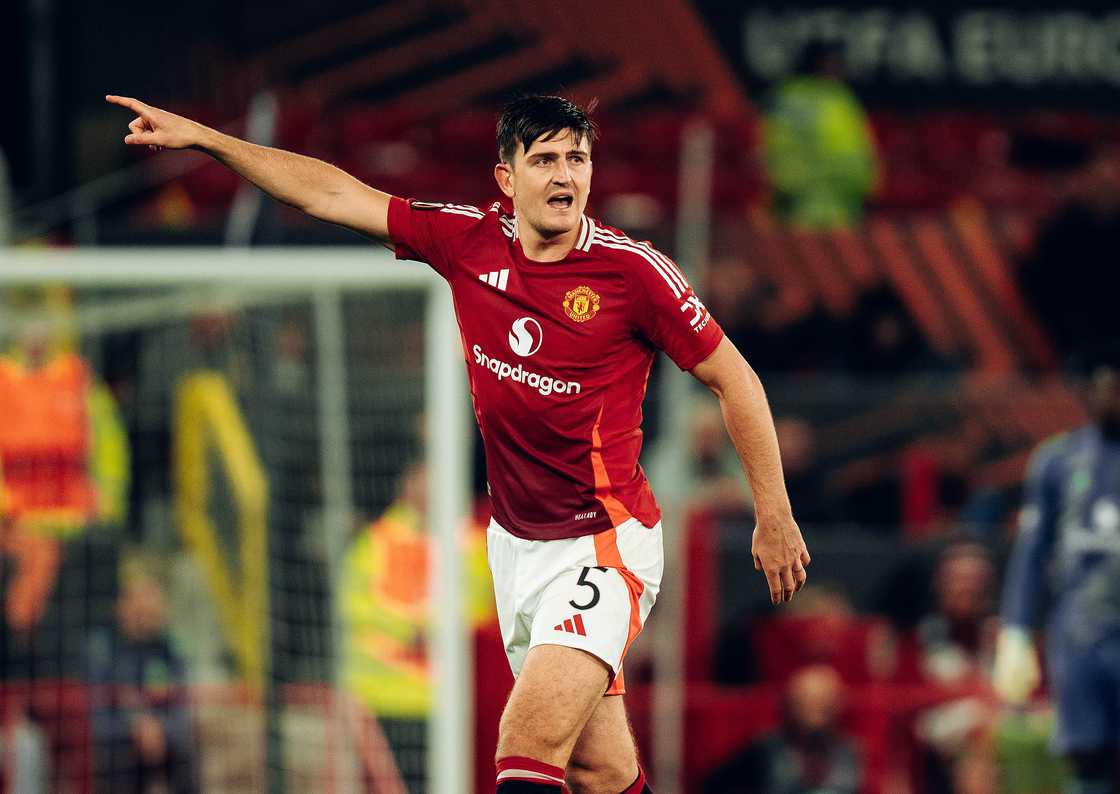
Source: Getty Images
- Notable jersey numbers: 4, 5
- Famous players: Franco Baresi, Tony Adams, Harry Maguire
Centre-backs are positioned directly in front of the goalie and are in charge of blocking shots, intercepting passes, and marking the opposing forwards. A normal squad comprises two centre-backs who provide a solid barrier against the opponent's attackers.
Centre midfielders (CMs)
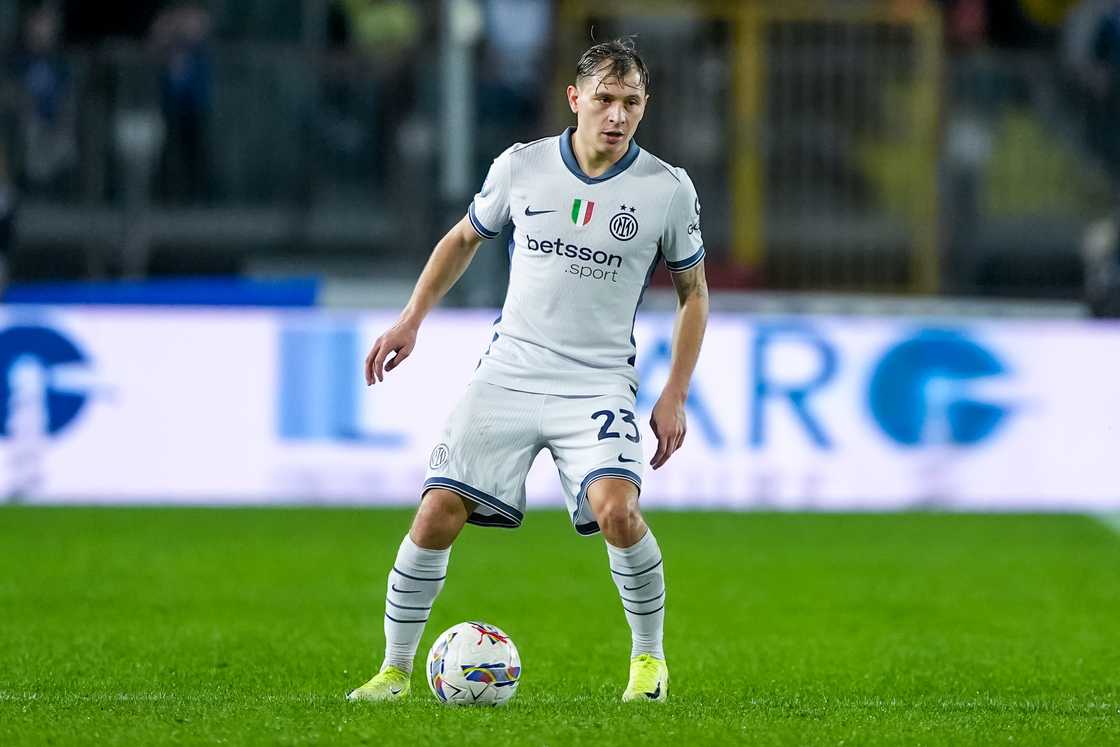
Source: Getty Images
- Notable jersey number: 5, 6, 8, 10
- Famous players: Frank Lampard, Luka Modric, Nicolò Barella
Centre midfielders are versatile players that can play both offensively and defensively. They set the game's tempo, moving the ball from defence to offensive.
The term CM in soccer refers to the centre midfielder's central position in the team's structure. In some formations, multiple central midfielders are deployed, with some dedicated to defensive duties, supporting the backline, and others pushing forward to assist in attack and create plays.
Centre-midfielders come in various types, each serving distinct functions on the pitch. CDMs, or central defensive midfielders, focus primarily on protecting the defensive line and intercepting opposition attacks—often seen in formations with a double pivot.
On the other hand, CAMs, or central attacking midfielders, bring creativity, linking up with forwards to set up scoring opportunities. Centre-midfielders are often known by different names, including:
- Attacking midfielders
- Holding midfielders
- Defensive midfielders
- Midfield anchor
- Box-to-box midfielders
- Playmakers
Winger (LW/RW)
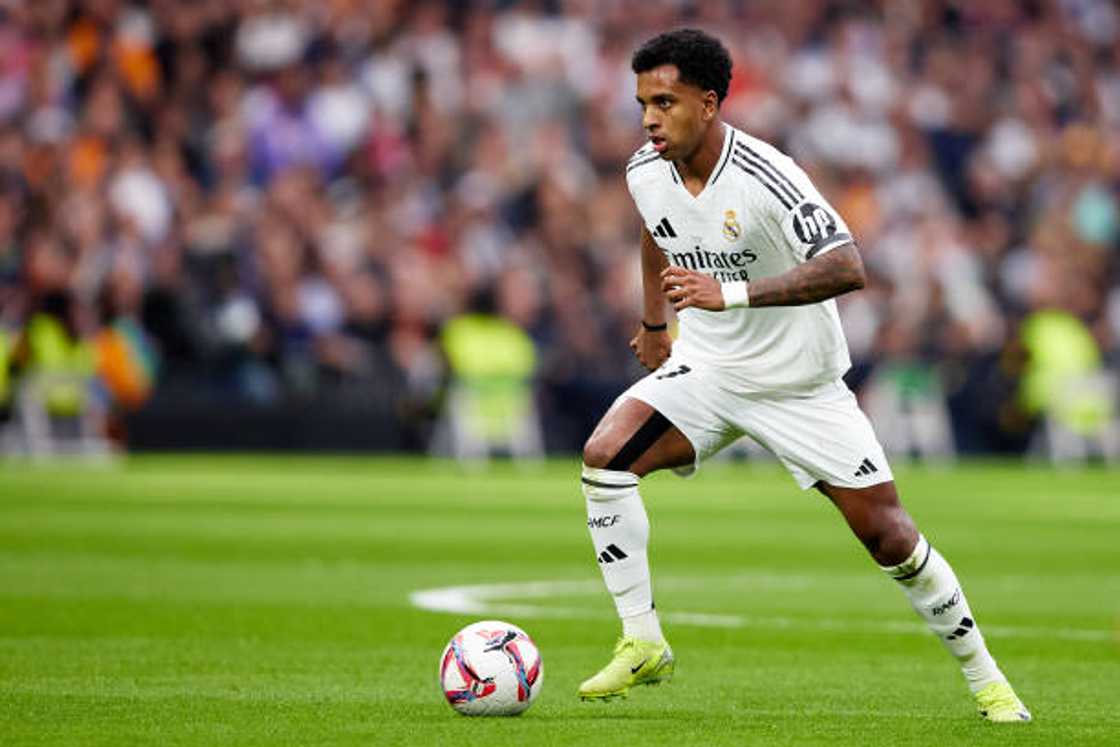
Source: Getty Images
- Notable jersey numbers: 7, 11
- Famous players: Rodrygo, David Beckham, Bukayo Saka
Wingers, who play on the left and right flanks of the midfield, are commonly referred to as the team's "wide players." In some formations, these players play as wide midfielders, identified as Left Midfielder (LM) and Right Midfielder (RM).
Wingers are among the fastest players on the field and possess excellent dribbling ability, which they use to beat opponents and deliver crosses into the opposing penalty area. They play an important role in stretching the opposition's defense, creating space and opportunities for their team's attackers.
Forwards
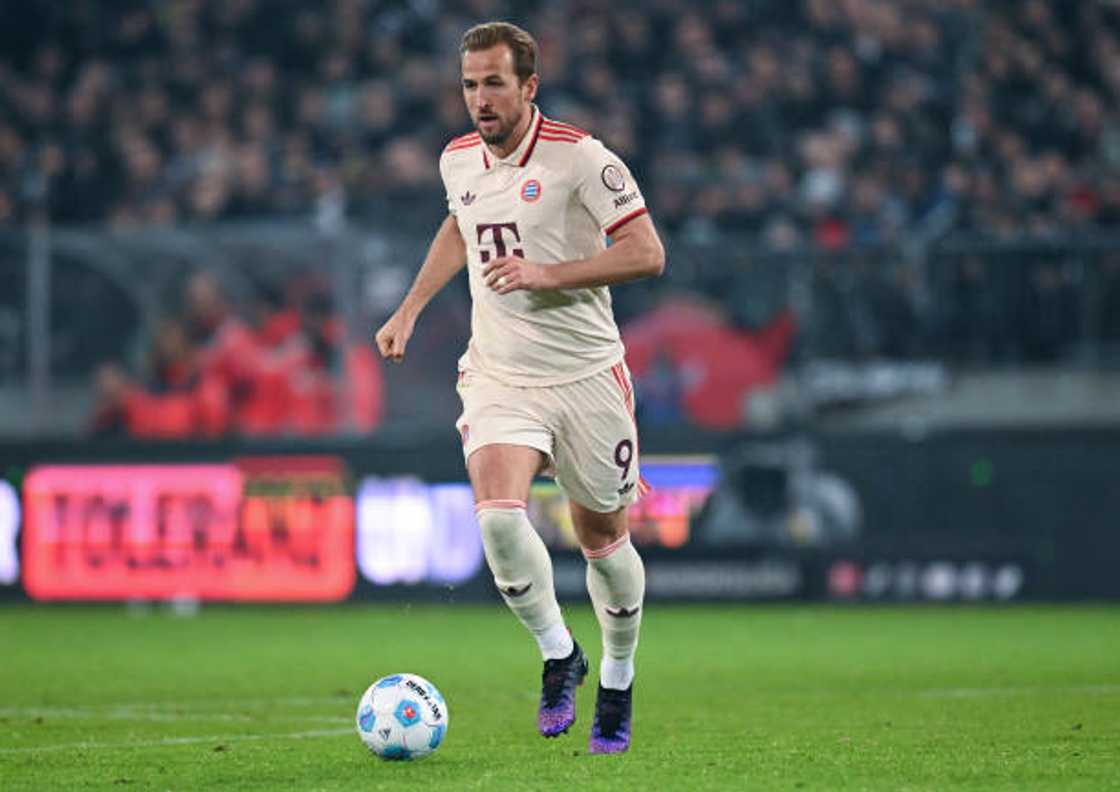
Source: Getty Images
- Notable jersey numbers: 9, 10
- Famous players: Harry Kane, Thierry Henry, Erling Haaland
Forwards refer to a wide range of attacking positions, including towering target men at centre forward, agile false nines, and inverted wingers who cut inside from wide areas to generate scoring opportunities. Forwards are the primary drivers of the attack, scoring goals and putting pressure on the opposing defence. Common other names for forwards include:
- Strikers
- Finishers
- Center forwards
- Second strikers
- Inside forwards
Frequently asked questions
Now that we have discussed each position and its responsibilities, let us look at some frequently asked questions regarding the game. These will provide insight into the subtleties of each role and their impact on team dynamics.
- What is each position in soccer? Each soccer position has a role in shaping the team's gameplay. Defensive players focus on blocking the opposition's goals, midfielders transition the ball between defense and attack, and forwards aim to score.
- What is the hardest position in soccer? Opinions differ, but many believe the goalkeeper position is the toughest. According to Soccer Coaching Pro, goalkeepers face continual pressure since they are the last line of defense and are expected to make game-changing saves.
- What is the most important position in soccer? While every position is important, the central midfielder (CM) frequently influences a game the most. According to Soccer Interaction Academy, central midfielders set the game's pace and connect all regions of the field, directing both defensive and offensive plays.
As explained, every position in soccer is essential, and each player's role is critical to the team's overall performance. When these roles come together, they create soccer's dynamic, unpredictable nature, making it one of the world's most beloved sports.
READ ALSO: What is a hat-trick in soccer? Meaning, origins, hat-tricks record
Briefly published an article about a hat-trick in soccer. For supporters, witnessing a player score is a thrilling experience.
A hat-trick in soccer is celebrated as one of the sport's great feats. But what makes it special? Where did the phrase originate, and what are some of the most famous hat-tricks in soccer history?
Source: Briefly News


